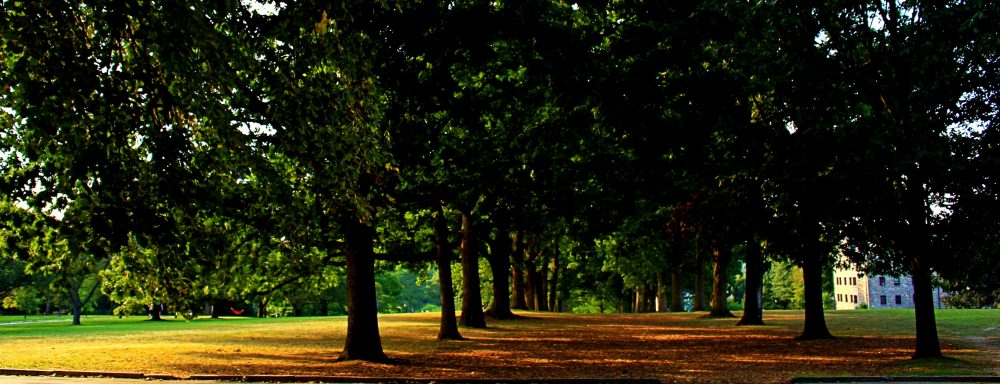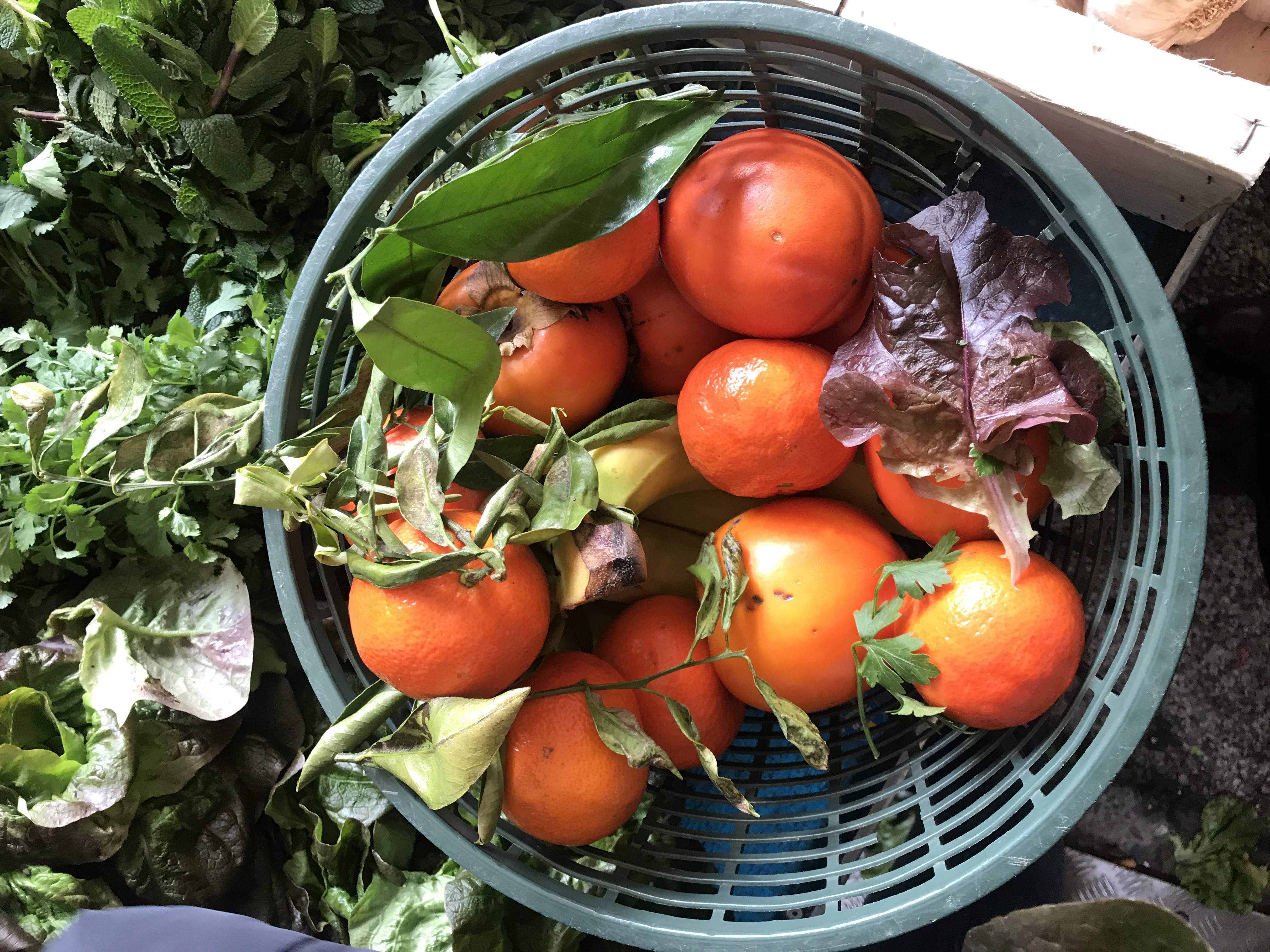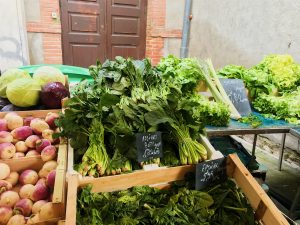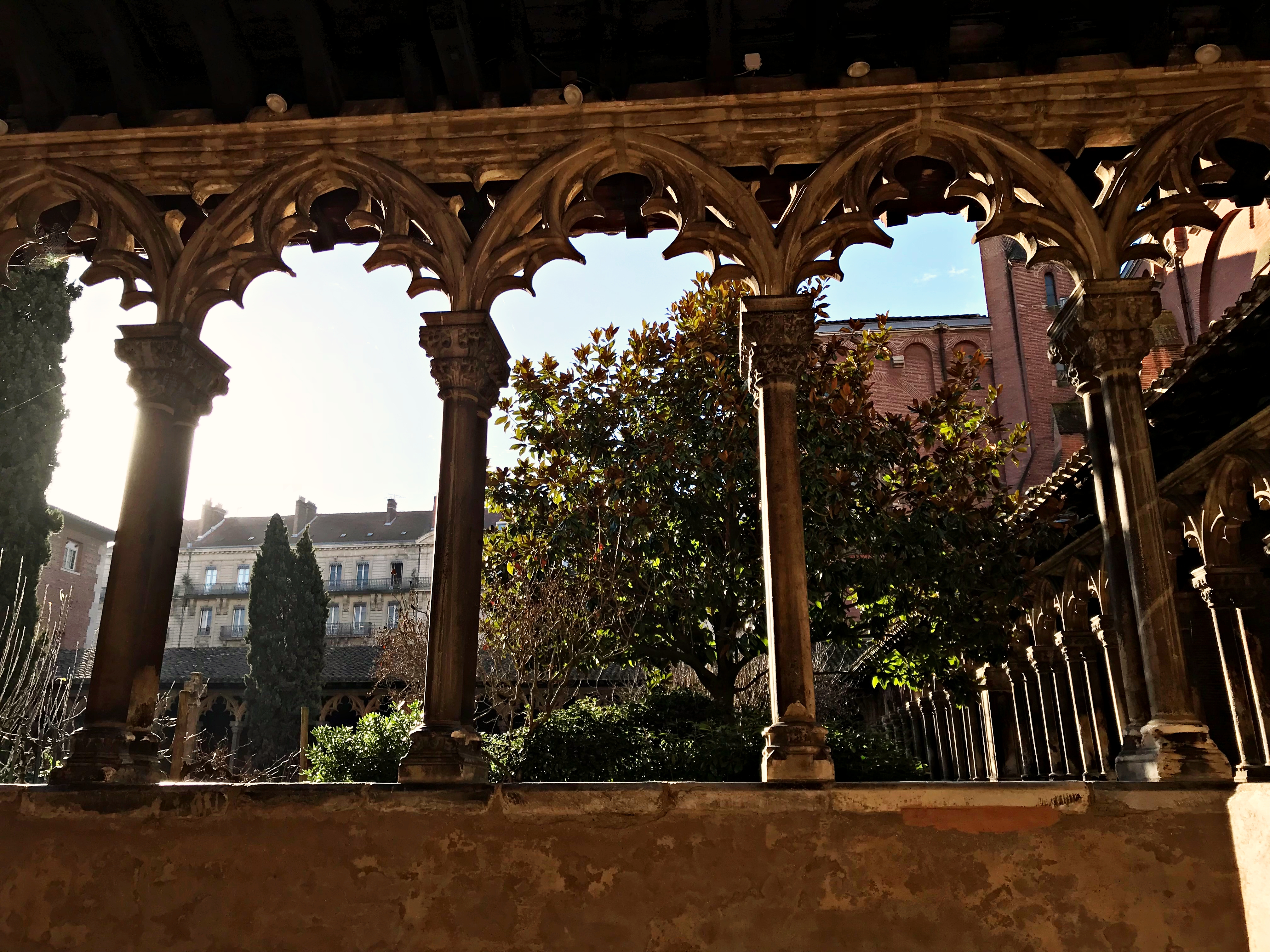 The same night I met my hosts, I also was introduced to the ubiquitous plate of cheese. Consequently, the cheese plate stayed on the table for every meal and has become one of the things I love most about France. Easily it was the most cheese I have seen at a single meal, with more than seven kinds crowded on the plate, varying in shape, color, size, and smell. Every couple of days, a new cheese will appear on the plate, and join its companions soon to be savored.
The same night I met my hosts, I also was introduced to the ubiquitous plate of cheese. Consequently, the cheese plate stayed on the table for every meal and has become one of the things I love most about France. Easily it was the most cheese I have seen at a single meal, with more than seven kinds crowded on the plate, varying in shape, color, size, and smell. Every couple of days, a new cheese will appear on the plate, and join its companions soon to be savored.
I learned that the cheese is tasted at the end of the meal. The cheese plate is as elegant as a dessert, and one has to be particular with one’s selection, for the number of cheeses on the plate is not equivalent to the number one is expected to eat. Rather, the cheese is the crowning moment, whether eaten with a bit of bitter endive and tart apple, or placed on a slice of crusty bread, or enjoyed just by itself. I watched my hosts carefully choose pieces of cheese, taking care to savor each as it is eaten.
My host told me, “We eat not only to nourish ourselves.” I think that people who love their food, love life. In France, the experience of eating is valued as much as the sustenance it gives. And so, perhaps the enjoyment of eating food can be represented in the way one approaches a plate of cheese in France. The taste, the texture, the smell—everything is savored. The cheese plate brings balance to the meal, so that the harmony and the contrast of flavors dance in the mouth and the eater is left satisfied, having taken pleasure in the experience of the table.







